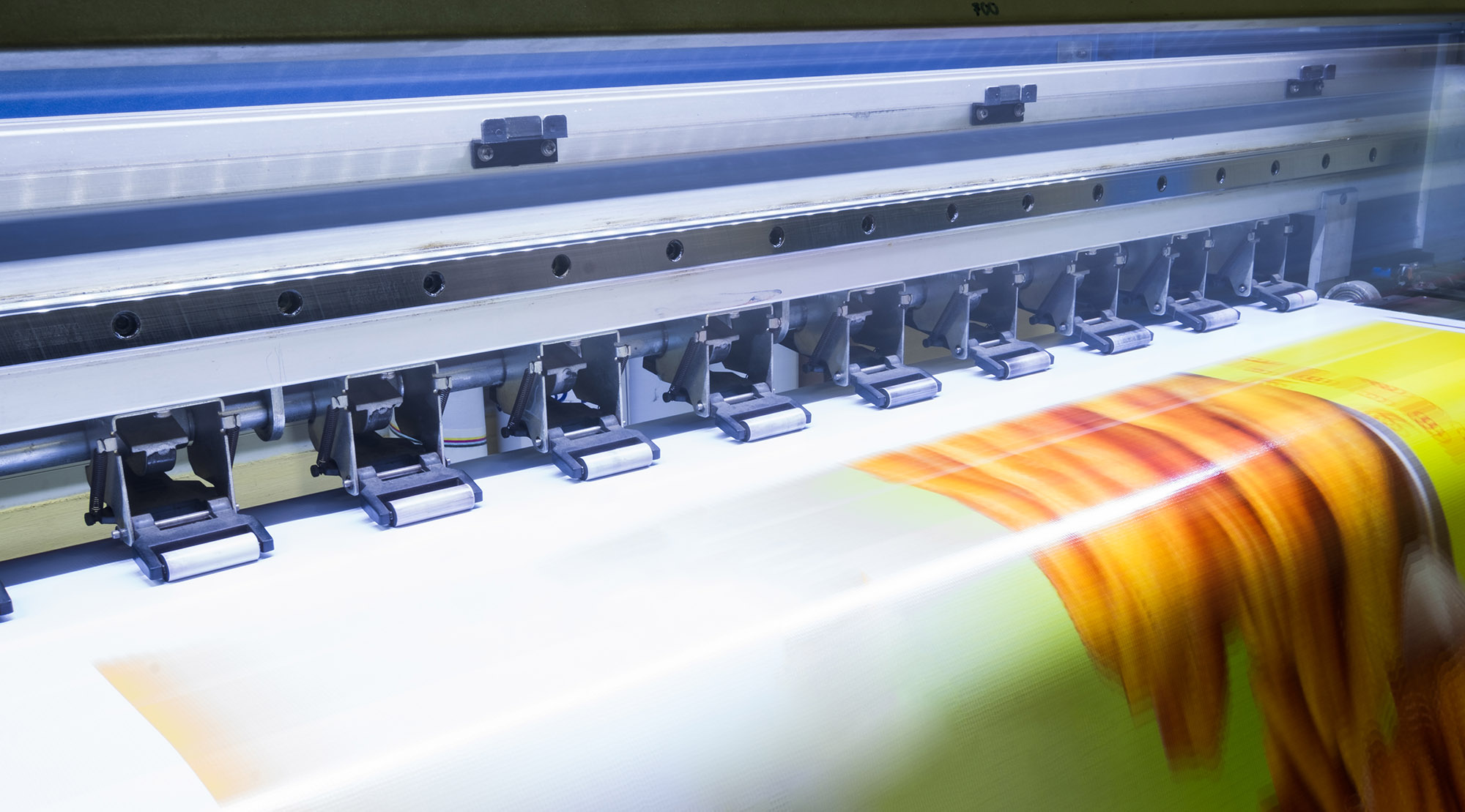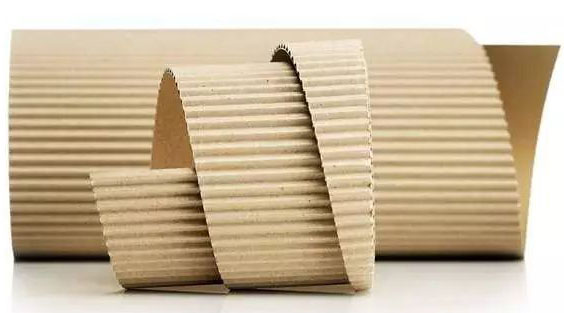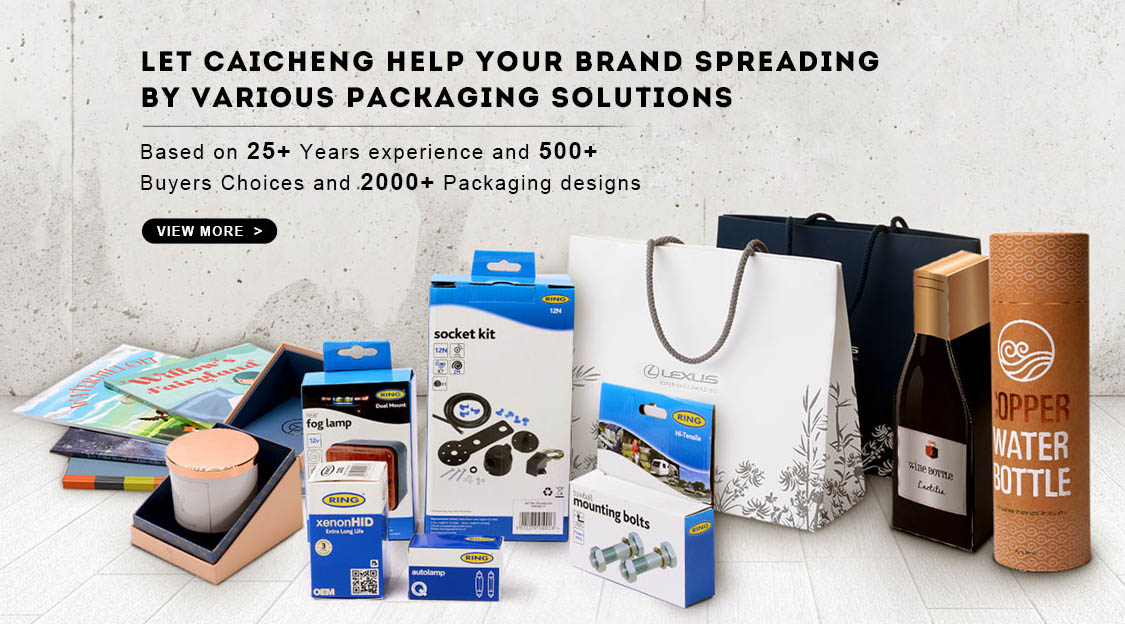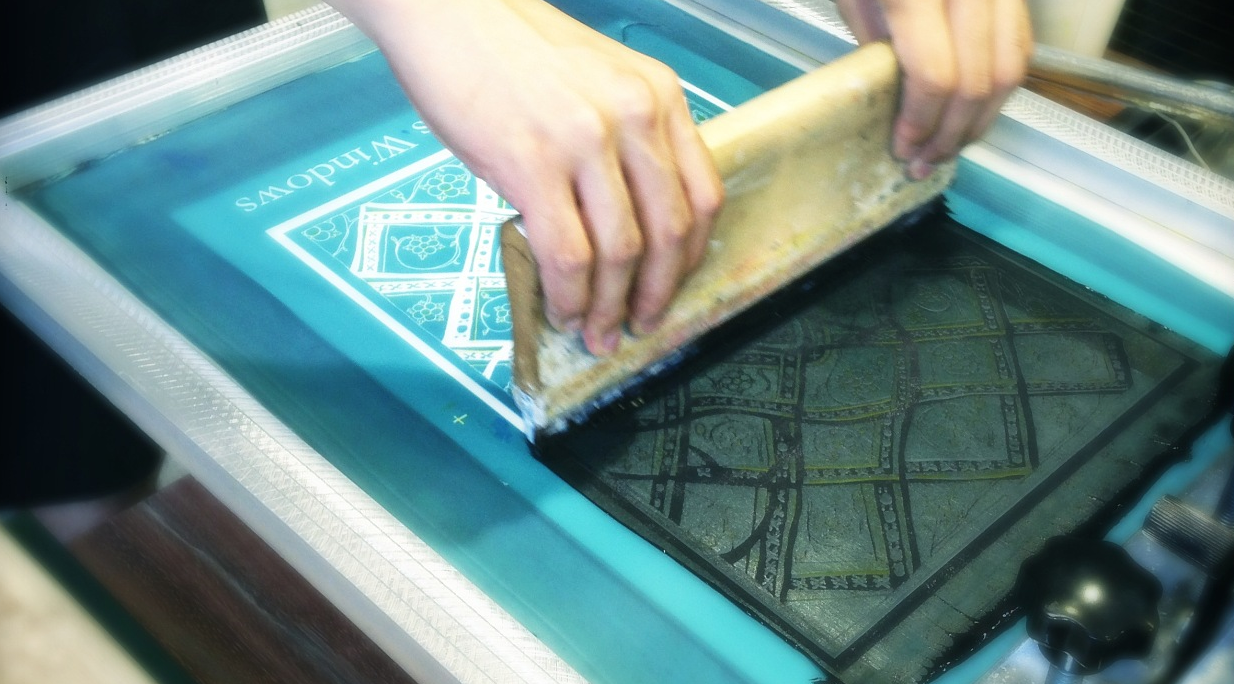Creative Packaging and Printing Design Ideas
A product’s packaging plays a key role in the product’s success. The power of creative design can clearly be seen if we look at the numbers: 72 percent of consumers say that packaging can influence their purchasing decisions, and 67 percent agree that they pay attention to the material that products are packaged in before deciding which products to buy.
Considering the importance that customers place on product packaging, it’s vital for a company that wants to attract sales to be deliberate when designing the packaging for its products. In this article, we focus on creative packaging design ideas.
We start by defining packaging design and exploring some reasons why packaging design matters. We look at common packaging design materials, some of the exciting designs we have seen in the last few years, and then end with some tips on how to come up with creative design ideas.
What Is Packaging Design?
Packaging design is the art, science, and psychology of creating containers for products with the purpose of preparing such products for secure and efficient shipping, storage, sale, and use. The use of the terms art, science, and psychology is an indication that packaging design is more than what meets the eye.
The art part of packaging design speaks to how the product's images are displayed, the colors used, and the fonts. The packaging seeks to appeal to all the senses through art, resulting in the buyer seeing the product as the most suitable. The science element looks at protecting the contents in the packaging. Simultaneously, the psychology part can be seen in enlarged images of the contents and associations with celebrities that many product packages feature.
Kentucky Fried Chicken’s (KFC) buckets full of chicken nuggets, Domino's pizza boxes, Coca-Cola cans—these are all examples of packaging design. Any images, fonts, graphics, and colors used are the result of a deliberate effort by the concerned companies to make their products more appealing.
Why Does Packaging Design Matter?
The business media platform dedicated to distributing manufacturing and industry news in the United States, IndustryToday.com, gives an idea of product packaging's primary functions. The publication notes that “product packaging is, above all, a practical tool, but it also means much more than that for the product and brand it represents.” Adding that “it is the packaging that, through its design, convinces a consumer to purchase a product or not.”
Let’s briefly look at some of the reasons why packaging design matters.
Allows a Product To Stand Out
Whether you intend to buy from a brick and mortar business or an online store, you will be spoiled for choice regarding the number of products in each category. With so many products vying for attention, only those that can stand out are likely to attract the buyer's attention. Therefore, product design matters in that it helps a brand to catch the eye of the customer.
Sends a Message
When customers use products, they are also looking for information. Customers want to know how the product will help them solve their problems, how the product is used, when it will expire, and the different contexts in which it can be used.
Product design can therefore be used as a creative way of communicating with your customers. This communication needs to be done creatively so that customers don't feel as if they are studying for a Ph.D. to understand the information you are trying to convey. This is why you will see that product packages often use graphics and color to convey information.
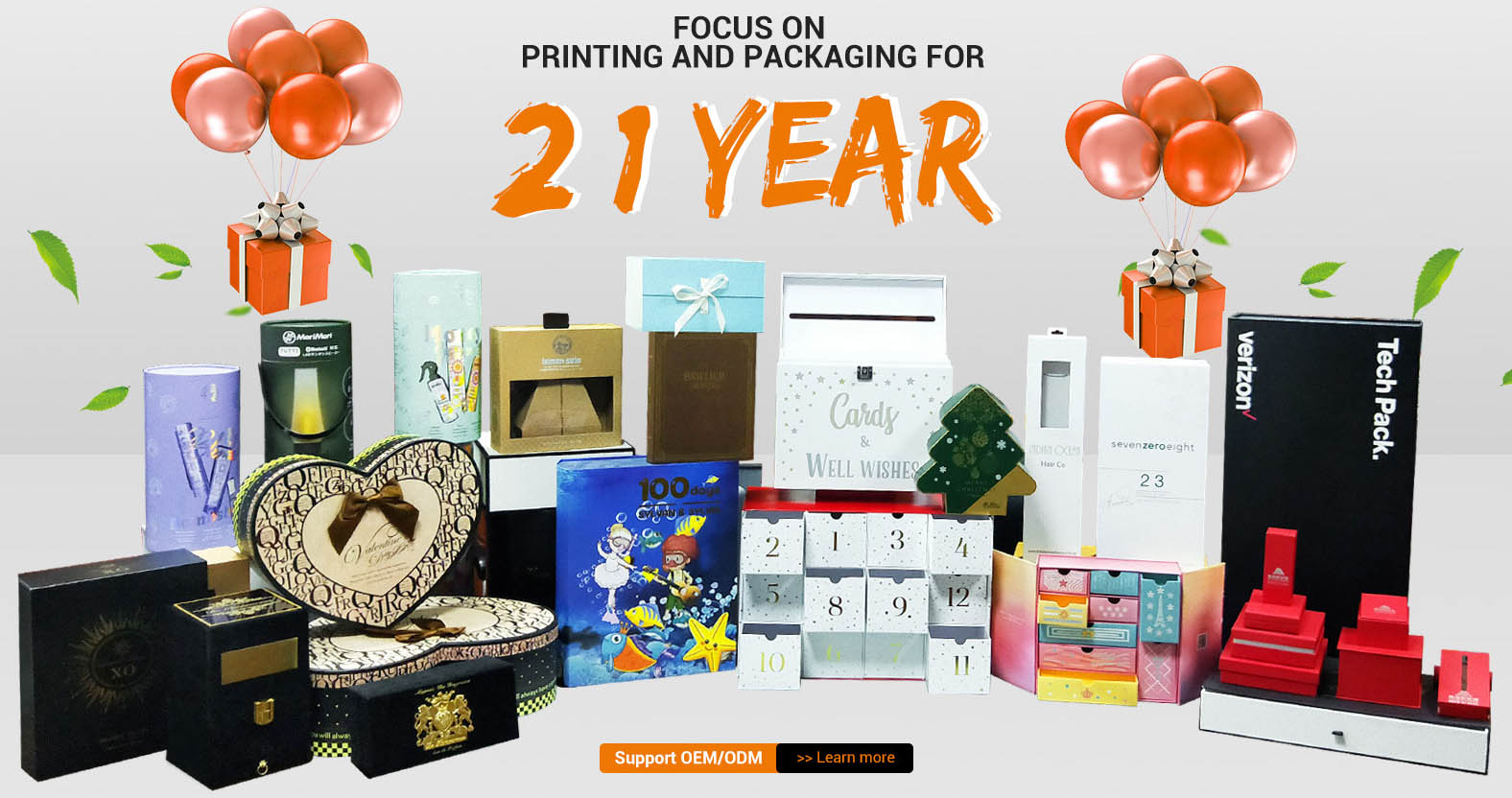
Creates an Emotional Connection
In a paper published by the Journal of Entrepreneurship, Management and Innovation, Dr. Cara Wrigley, Senior Lecturer in Design-led Innovation at the Queensland University of Technology in Australia, reports that “80% of an individual's life is consumed by emotions while the other 20% is intellect.” Product packaging designers can take advantage of this fact and use their designs to speak to customers’ emotions.
Packaging can be designed in a way that makes consumers feel a certain way. These feelings can be triggered by using various methods, including humor, surprise, or discovery. The idea is to first determine the emotions that you want to trigger in your customers and then decide how you could best design your product’s packaging to evoke those emotions.
Protects Products
It doesn’t matter how creative your product’s packaging design is if it fails to protect the product inside. This is the reason why creative packaging design seeks to strike a balance between function and form.
The quality of your design material can also be used to give consumers an idea of the goods’ quality. This is a classic case of judging a book by its cover. Not many people will believe that a quality product can be found in poor quality packaging.
What Makes a Good Packaging Design?
We have already said that there is a scientific aspect to packaging design. This implies that packaging design is a systematically organized activity that relies on certain tested elements. Some essential elements that make a good packaging design include being attractive and unique. The packaging should also be practical and safe.
Let’s look at the main elements that make a great packaging design.
Attractive
The word attractive is subjective because what can be attractive to one person might not be attractive to another. Whether a given design will prove attractive or not will depend on the audience, you are attempting to attract. You would also consider the purpose and the role intended for your product.
While the product packaging for a children’s product may be made attractive with bright colors, this could be overwhelming for adults. Therefore, it’s important to have a clear understanding of the target market and define what would be attractive to that market before deciding which packaging design has the best chances to attract that customer.
Unique Features
Attracting the customer's attention to a product on the shelf or catalog is only the first step; you will need to hold the interest. For example, a customer can be attracted to a tin of baked beans, but if they discover that it's hard to open, they may decide not to purchase it. The customer may choose to go with one that is less attractive but easier to open.
Practical
You can make your packaging as attractive and as unique as possible. Still, customers are likely to avoid the product if they are unable to carry it conveniently. Therefore, designers of packaging materials think about several things, including how the customer will carry the product from the shop, store it at home, and hold it when they use it.
Creative Packaging Designs in Recent Years
Companies, conscious of the role of creative packaging design, have been coming up with exciting designs. Let’s look at examples of some of the creative packaging designs we have seen in the last few years.
Kololak House Wine
When you first see how the packaging for Kololak House Wine is designed, it’s clear that the packaging seeks to tell a story. But what is the story? “The team aimed to represent the ethnic and folk art with a contemporary approach, thus implemented unique techniques and fusion methods to realize the ideas.”
In reference to the practicality of the design, the wine house says, “All the bottles have round shape cork, aiming to unify the packaging and symbolizing the ‘Kololak,’ [a meatball or a round shape] while also this shape is the most comfortable form of reusable corks.”
Anti-Theft Lunch Bags
Ever had a colleague or schoolmate steal your lunch? Not anymore, if you own a lunch designed with green splotches on either side to make your food appear spoiled.
The business news website, BusinessInsider.com, quotes a customer who says these bags are “THE most brilliant product ever made.” The customer continues, “We have a guy in our building that has been dubbed ‘The Hamburgler’ as he steals other people's food out of the community fridges. Since I have been using these, my lunch has remained absolutely safe.”
Smirnoff Caipiroska
When Smirnoff launched its Caipiroska collection, the company had a clear brief for the packaging design company: develop the most creative packaging. It looks like the designer was up for the challenge, coming up with bottles with wrappings depicting the texture of the fruit the individual drinks are made from.
The bottles had a diagonal perforation that allowed customers to peel off the textured wrapping to reveal the Smirnoff branding inside.
Packaging Design Trends in Future
Like all other industries, the packaging design industry is continuously responding to changing technologies and customer needs. We look at some of the packaging design trends you may expect in 2021 and beyond.
Environmentally Friendly Packaging
The environment is a crucial element to consider in modern design trends. Forward-looking companies are continuously researching recyclable, biodegradable, and compostable materials for their product packaging in 2021.
According to McKinsey, the American worldwide management consulting firm, “consumer awareness to packaging waste in oceans and landfills is driving change.”
Vintage Classic
While some packaging designers are going minimalist, others are looking to the past with vintage classic designs. Of course, this design type should be carefully considered, depending on the product for which the packaging will be used.
Vintage packaging design works perfectly when you want to appeal to emotions. It makes the product come across as authentic. In a world where everyone is attempting to lure the customer with bling, a retro look may be all you need. It will take the consumers to a past that most are likely to remember with longing fondness.
Safety Conscious
The coronavirus may also impact packaging design trends in the future. For instance, a study published by the US National Library of Medicine’s National Institutes of Health concludes that “the Covid-19 coronavirus, SARS-CoV-2, is inactivated much faster on paper (3 h) than on plastic (7 d).” This could encourage packaging designers to use paper as opposed to plastic.
Creative Product Packaging Design Tips
We spent some time looking at the most inspiring package design ideas and came up with the following tips for coming up with creative product packaging designs.
Look at the target customer's interests: Come up with a design that will resonate with that target group and make life easier for them. Is the packaging more comfortable to carry or to open? Can it be folded easily and placed in a bin? Is it reusable?
Consider how much space you have to work with: Maximize the space you have to tell your brand's story without overwhelming the user.
Consider the environment: Are your chosen materials recyclable? Are they biodegradable or compostable? If possible, show your customers that you care about the environment through your packaging.
Conserve resources: Busy graphics may make the consumer believe that your product is too expensive because you invest too much in packaging design. Try going for a simple design with minimal fluff.
Be transparent: Customers want to see what they’re buying. Using transparent packaging that enables customers to interact with your product visually can encourage them to buy your product over your competitors’. If it is not possible to use transparent packaging, place a high-quality image of the product on the packaging's surface.


